Which of the following is an example of symbiosis?
A lion hunting a zebra
A bee pollinating a flower
A bird flying in the sky
A rabbit eating grass
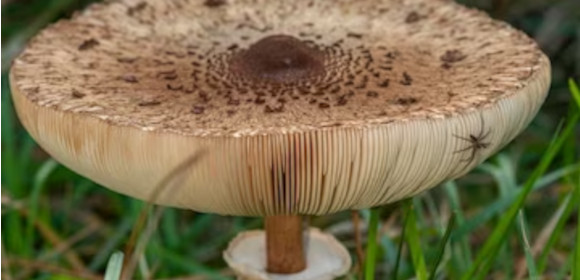
All animals in a specific biome or biosphere have interconnected and complex relationships that will indicate the interdependence, independence, and dependence of various species. People call these relationships symbiosis.
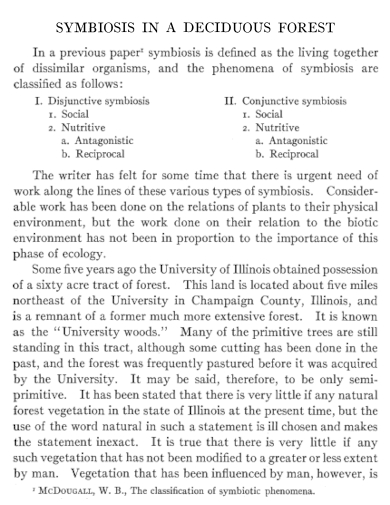
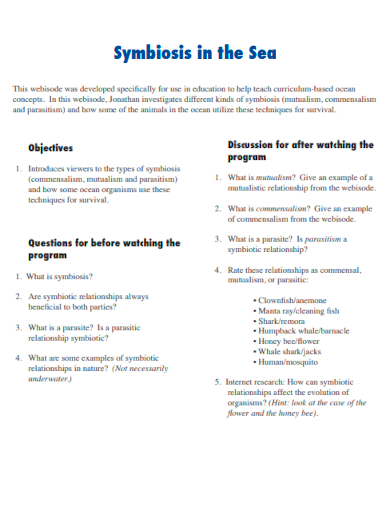
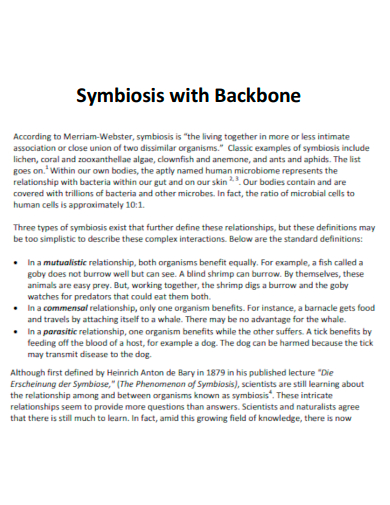
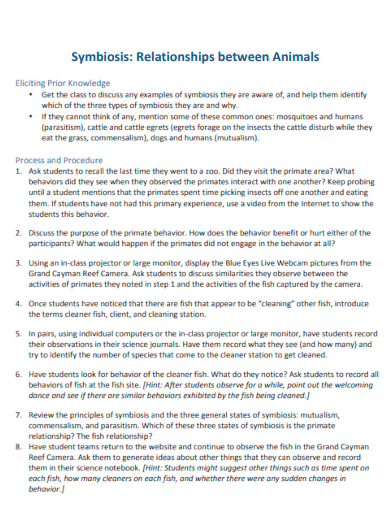
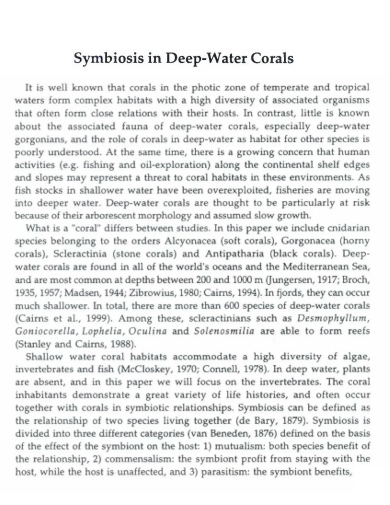

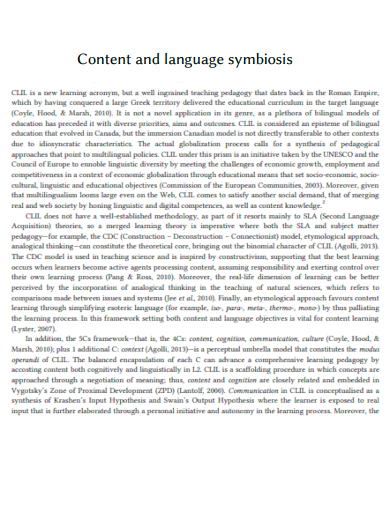
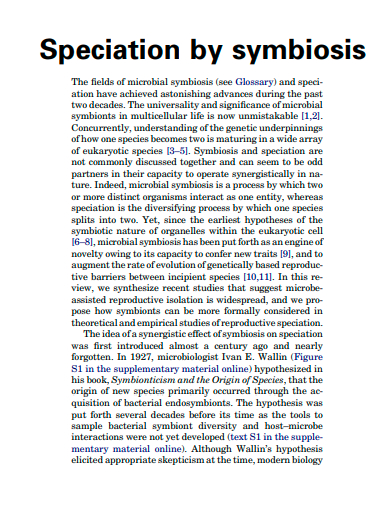
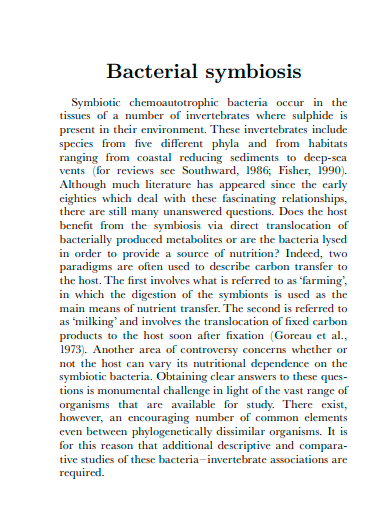

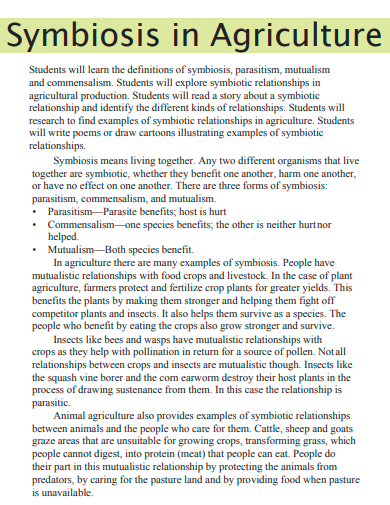
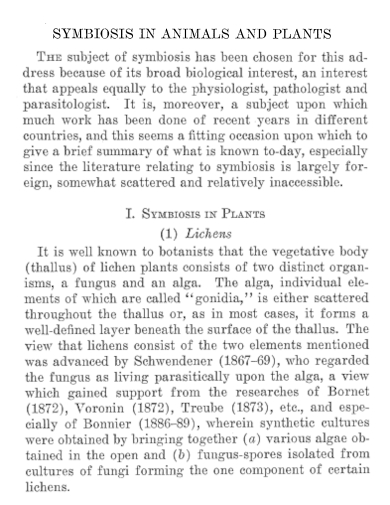
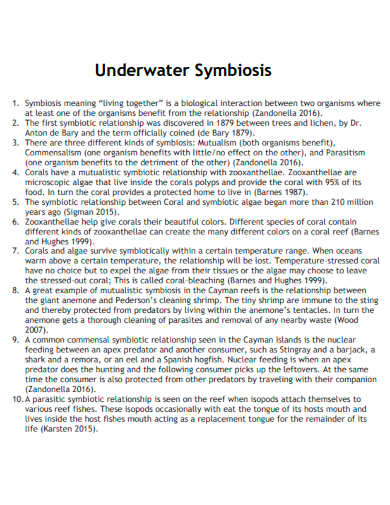
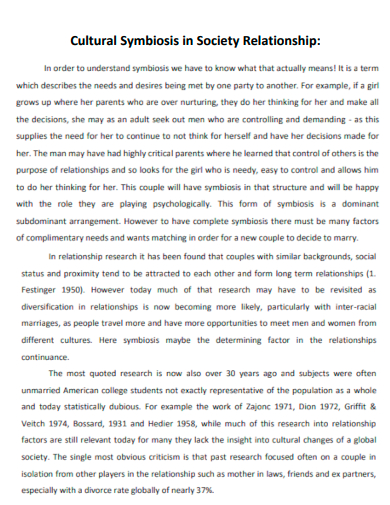
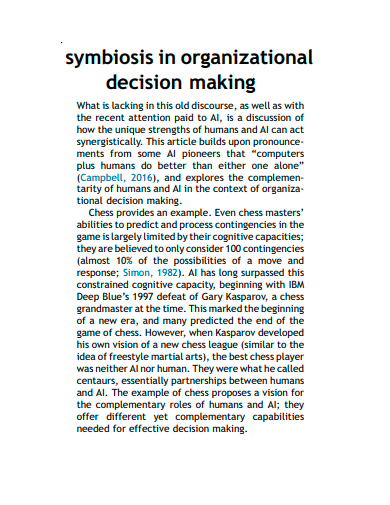
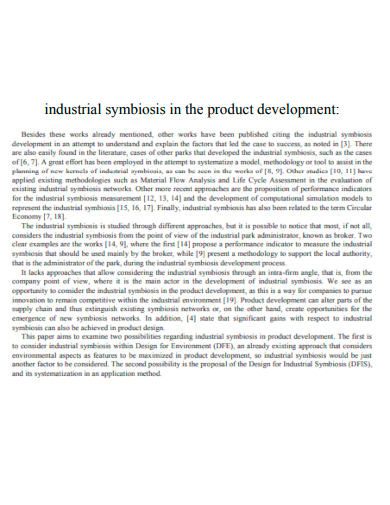
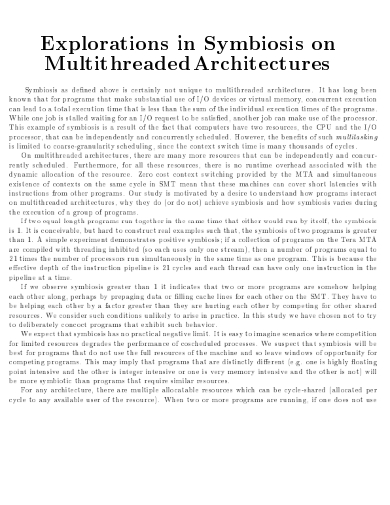
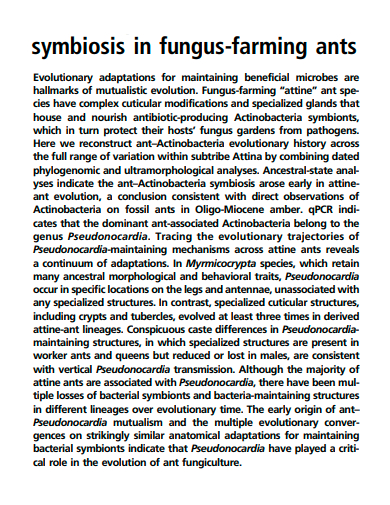
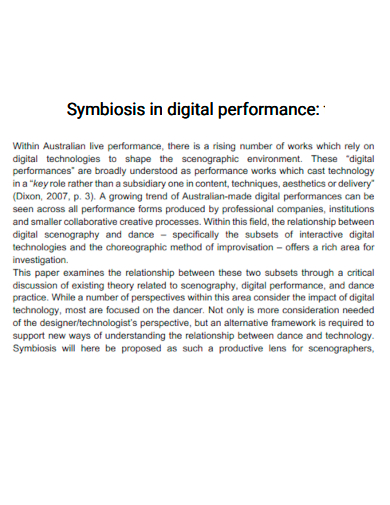
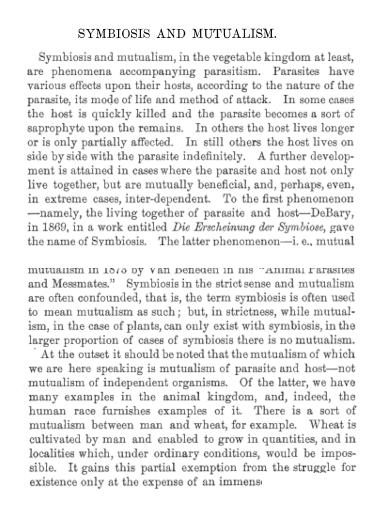
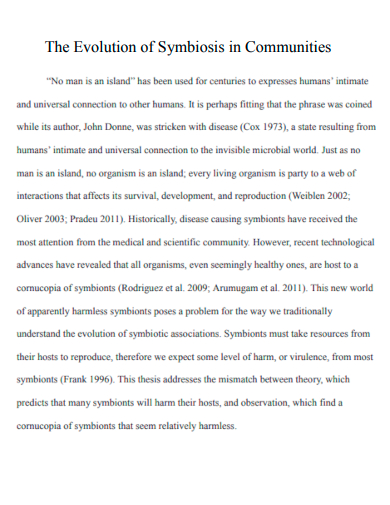
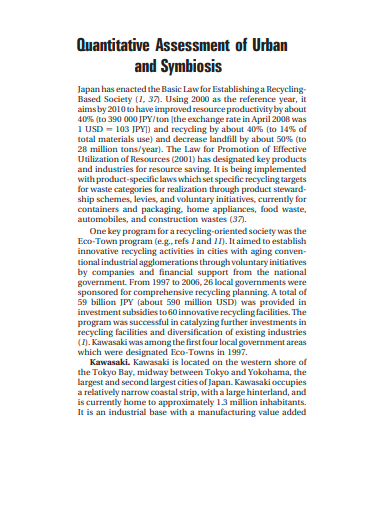
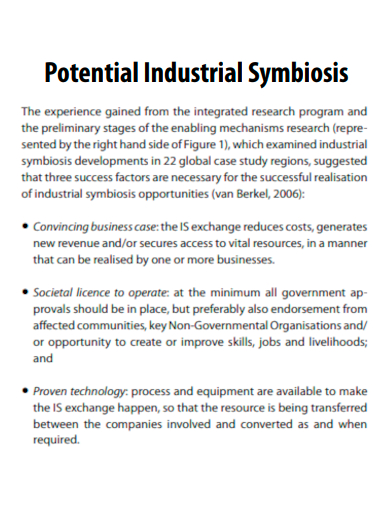
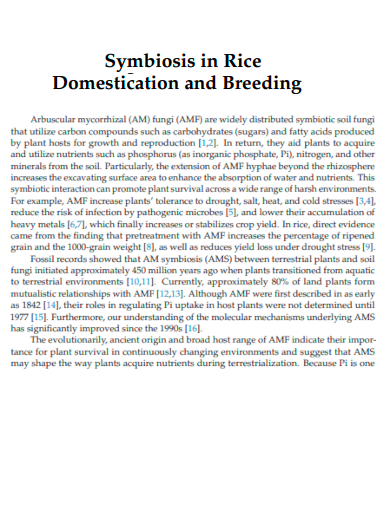
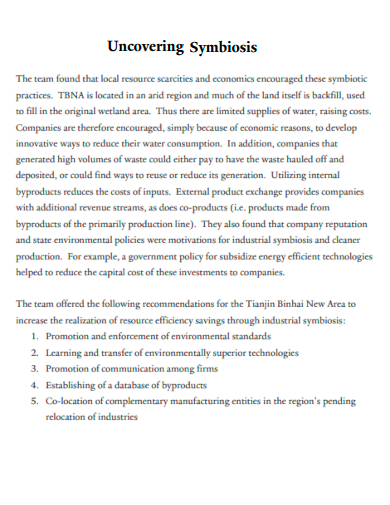
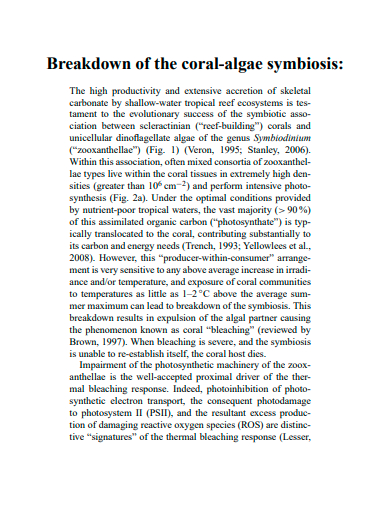
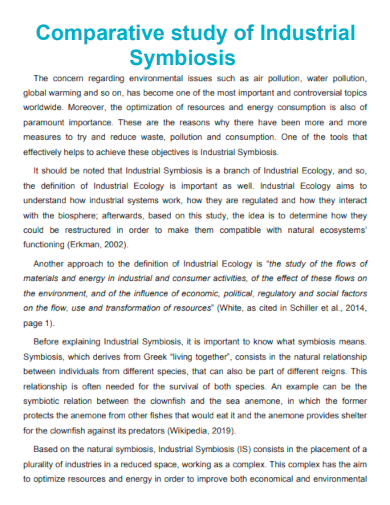
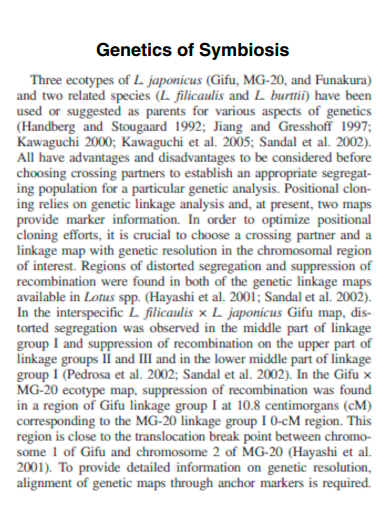
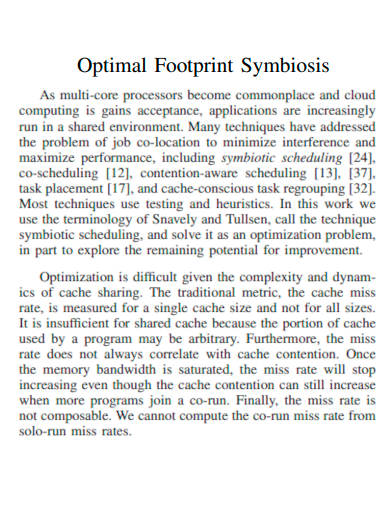
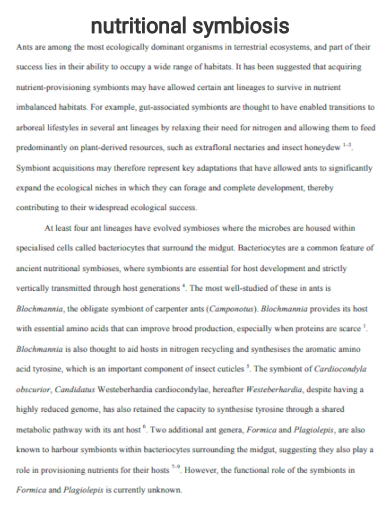
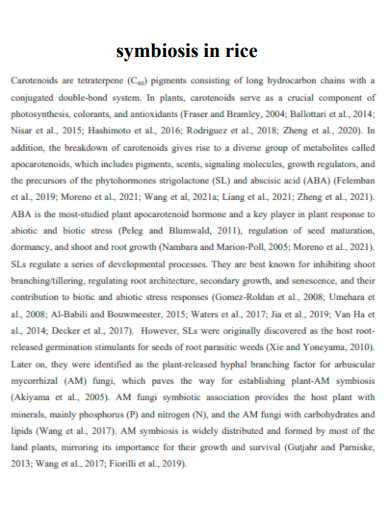
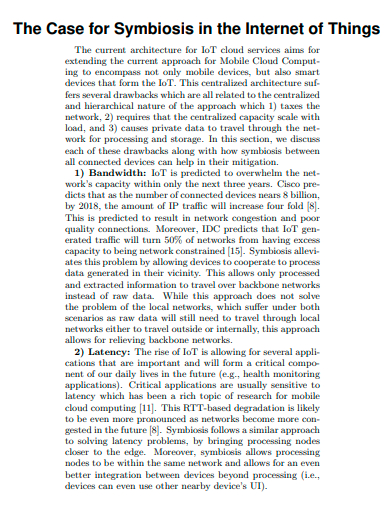
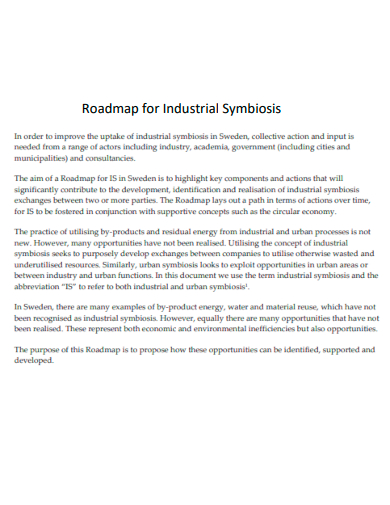
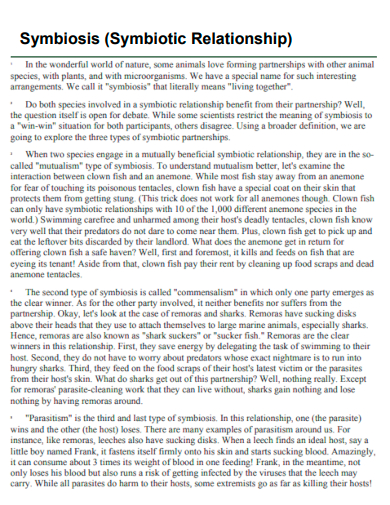
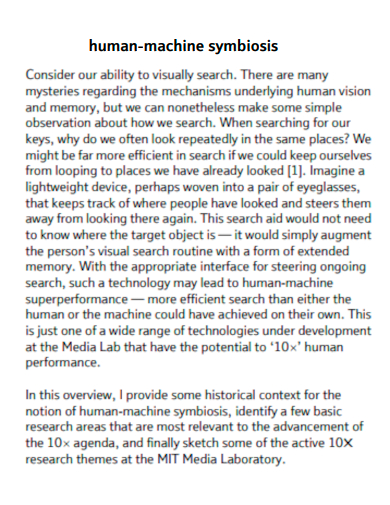
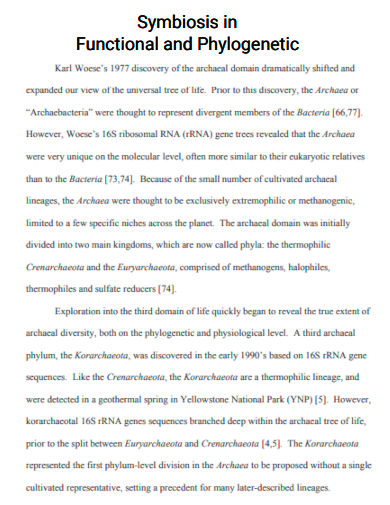
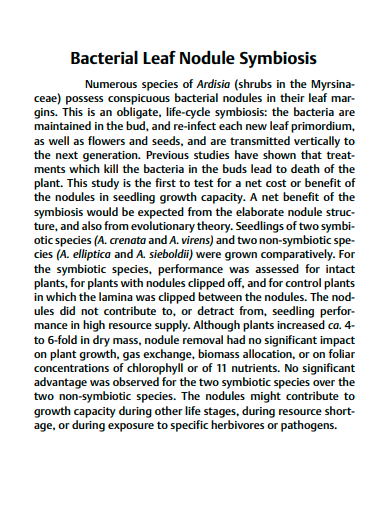













Symbiosis is the concept that illustrates the relationship between different species of animals, plants, bacteria, and other organisms between each other in a specific ecosystem or setting. Whenever animals and other organisms adapt one of the most important elements one must keep in mind is the symbiotic relationship of organisms.
Symbiosis comes in different forms, shapes, and sizes that are entirely dependent on the context and theme of the relationship. For example, parasitism is a symbiotic relationship that allows small predators to commit acts of predation on a host within the food chain or food web.
When the relationship between both organisms mutually affects both of the living things in the relationship then the symbiotic relationship is mutualism. If both organisms will not mutually benefit each other, then it is not considered mutualism.
When the relationship between both organisms benefits only one specie of organism without hurting the other, then the symbiotic relationship is commensalism. If one organism does not positively benefit from the other without harming the other organism, then it is not commensalism.
When the relationship between both organisms has one type of specie hurting the other, then the symbiotic relationship is parasitic. But if the organism does not one-sidedly harm the other organism, then it is not parasitic.
When the relationship between both organisms has both of them competing for the same food source, then their symbiotic relationship is competitive. But if the organisms do not compete for food or shelter, then it is not a competitive relationship.
Symbiosis is one of the biotic factors in the ecosystem that helps ensure the survival of various species living in a specific ecosystem or location. If an organism engaging in a symbiotic relationship with another disappears then its survival is threatened, which will reduce the specie’s ability to survive.
There are many examples of symbiotic relationships in the ocean. One of the most famous examples of symbiotic relationships in the ocean is the mutualistic relationship between clownfish and anemones. This is where the clownfishes help the anemone by eating parasites, while the anemone provides shelter for the clownfish.
Yes, ants have a lot of symbiotic relationships, which depend on the habitat of the ants. For example, ants rear and take care of aphids as cattle, as this can provide them with a good food source. Another symbiotic relationship ants have is the fungi, which the ants cultivate fungi to provide them with a steady supply of food.
Symbiosis is a type of relationship between different organisms, wearing various organisms having different positive and negative relationships. It is important to know the different symbiotic relationships in nature, as the survival of the habitat depends on their relationships.

All animals in a specific biome or biosphere have interconnected and complex relationships that will indicate the interdependence, independence, and dependence of various species. People call these relationships symbiosis.

journals.uchicago.edu
Details
File Format
Size: 1 MB
,

blueworldtv.com
Details
File Format
Size: 197 KB

mdsg.umd.edu
Details
File Format
Size: 1 MB

oceanfirsteducation.blue
Details
File Format
Size: 405 KB

dal.ca
Details
File Format
Size: 2 MB

sarkis.caltech.edu
Details
File Format
Size: 210 KB

eric.ed.gov
Details
File Format
Size: 556 KB

cell.com
Details
File Format
Size: 1 MB

hal.science
Details
File Format
Size: 738 KB

arxiv.org
Details
File Format
Size: 538 KB

cdn.agclassroom.org
Details
File Format
Size: 232 KB

jstor.org
Details
File Format
Size: 4 KB

reefresearch.org
Details
File Format
Size: 347 KB

philarchive.org
Details
File Format
Size: 732 KB

e-tarjome.com
Details
File Format
Size: 480 KB

sciencedirectassets.com
Details
File Format
Size: 30 KB

cseweb.ucsd.edu
Details
File Format
Size: 121 KB

pnas.org
Details
File Format
Size: 2 MB

depaul.edu
Details
File Format
Size: 10 MB

digitalcommons.unl.edu
Details
File Format
Size: 1 MB

umn.edu
Details
File Format
Size: 1 MB

acs.org
Details
File Format
Size: 493 KB

sagep.com
Details
File Format
Size: 474 KB

mdpi-res.com
Details
File Format
Size: 986 KB

cie.research.yale.edu
Details
File Format
Size: 291 KB

bg.copernicus.org
Details
File Format
Size: 1 MB

upc.edu
Details
File Format
Size: 2 MB

apsnet.org
Details
File Format
Size: 688 KB

cs.rochester.edu
Details
File Format
Size: 683 KB

assets.research.com
Details
File Format
Size: 3 MB

biorxiv.org
Details
File Format
Size: 21 MB

saeed.io
Details
File Format
Size: 1 MB

ivl.se
Details
File Format
Size: 1 MB

mrsd.org
Details
File Format
Size: 75 KB

media.mit.edu
Details
File Format
Size: 88 KB

pdx.edu
Details
File Format
Size: 6 MB

ucla.edu
Details
File Format
Size: 192 KB

emelaura.com
Details
File Format
Size: 889 KB

diva.org
Details
File Format
Size: 1 MB

sswm.info
Details
File Format
Size: 625 KB

monash.edu
Details
File Format
Size: 482 KB

vliz.be
Details
File Format
Size: 296 KB

par.nsf.gov
Details
File Format
Size: 647 KB

iopscience.iop.org
Details
File Format
Size: 391 KB

sei.org
Details
File Format
Size: 3 MB

sailorsforthesea.org
Details
File Format
Size: 966 KB

cshlp.org
Details
File Format
Size: 419 KB

embopress.org
Details
File Format
Size: 296 KB

gsu.edu
Details
File Format
Size: 2 MB

wsu.edu
Details
File Format
Size: 331 KB
Symbiosis is the concept that illustrates the relationship between different species of animals, plants, bacteria, and other organisms between each other in a specific ecosystem or setting. Whenever animals and other organisms adapt one of the most important elements one must keep in mind is the symbiotic relationship of organisms.
Symbiosis comes in different forms, shapes, and sizes that are entirely dependent on the context and theme of the relationship. For example, parasitism is a symbiotic relationship that allows small predators to commit acts of predation on a host within the food chain or food web.
When the relationship between both organisms mutually affects both of the living things in the relationship then the symbiotic relationship is mutualism. If both organisms will not mutually benefit each other, then it is not considered mutualism.
When the relationship between both organisms benefits only one specie of organism without hurting the other, then the symbiotic relationship is commensalism. If one organism does not positively benefit from the other without harming the other organism, then it is not commensalism.
When the relationship between both organisms has one type of specie hurting the other, then the symbiotic relationship is parasitic. But if the organism does not one-sidedly harm the other organism, then it is not parasitic.
When the relationship between both organisms has both of them competing for the same food source, then their symbiotic relationship is competitive. But if the organisms do not compete for food or shelter, then it is not a competitive relationship.
Symbiosis is one of the biotic factors in the ecosystem that helps ensure the survival of various species living in a specific ecosystem or location. If an organism engaging in a symbiotic relationship with another disappears then its survival is threatened, which will reduce the specie’s ability to survive.
There are many examples of symbiotic relationships in the ocean. One of the most famous examples of symbiotic relationships in the ocean is the mutualistic relationship between clownfish and anemones. This is where the clownfishes help the anemone by eating parasites, while the anemone provides shelter for the clownfish.
Yes, ants have a lot of symbiotic relationships, which depend on the habitat of the ants. For example, ants rear and take care of aphids as cattle, as this can provide them with a good food source. Another symbiotic relationship ants have is the fungi, which the ants cultivate fungi to provide them with a steady supply of food.
Symbiosis is a type of relationship between different organisms, wearing various organisms having different positive and negative relationships. It is important to know the different symbiotic relationships in nature, as the survival of the habitat depends on their relationships.
Text prompt
Add Tone
10 Examples of Public speaking
20 Examples of Gas lighting
Which of the following is an example of symbiosis?
A lion hunting a zebra
A bee pollinating a flower
A bird flying in the sky
A rabbit eating grass
What type of symbiosis benefits both organisms involved?
Parasitism
Commensalism
Mutualism
Amensalism
Which relationship harms one organism while benefiting the other?
Mutualism
Commensalism
Parasitism
Neutralism
Which symbiotic relationship involves one organism benefiting while the other is unaffected?
Parasitism
Commensalism
Mutualism
Competition
The relationship between clownfish and sea anemones is an example of:
Parasitism
Commensalism
Mutualism
Predation
Which of the following is NOT an example of a symbiotic relationship?
Ants protecting aphids
Fish cleaning a shark's teeth
A fox hunting a rabbit
Lichens made up of fungi and algae
What is the primary benefit for the cleaner fish in its mutualistic relationship with larger fish?
Shelter
Food
Protection
Reproduction
In which type of symbiotic relationship does one organism live on or in another and typically cause harm?
Mutualism
Commensalism
Parasitism
Neutralism
Which of the following is an example of commensalism?
Birds eating insects off buffalo
Ticks feeding on a deer
Barnacles attaching to a whale
Flowers being pollinated by bees
Lichens, composed of algae and fungi living together, represent which type of symbiotic relationship?
Parasitism
Commensalism
Mutualism
Amensalism
Before you leave, take our quick quiz to enhance your learning!

